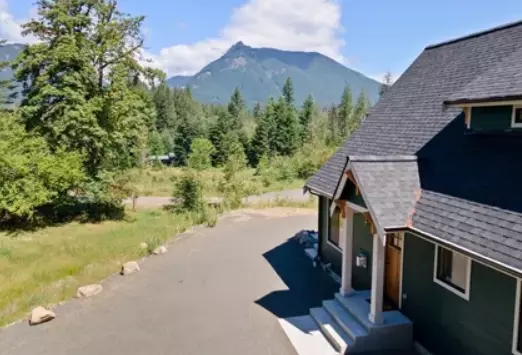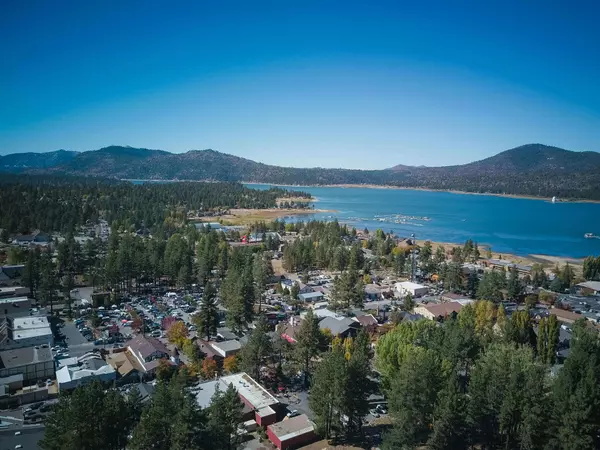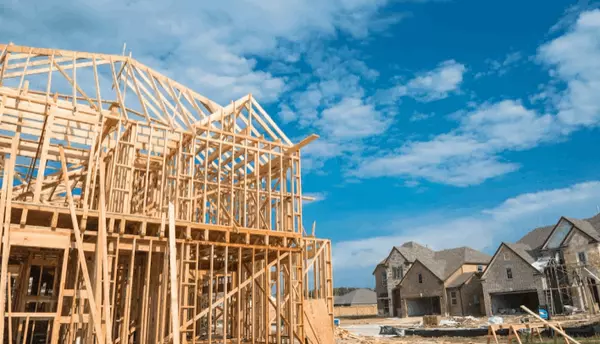
Declutter to Close: How to Sell a House Full of Stuff with Less Stress and More Profit
Declutter to Close: How to Sell a House Full of Stuff with Less Stress and More Profit Selling a house full of belongings is never just about moving boxes. Whether it's an inherited property or your own well-lived-in home, sorting through years (or decades) of memories, furniture, and personal ite

How Long Should You Live in a House Before Selling?
How Long Should You Live in a House Before Selling? When you first bought your home, you probably had a vision for how long you'd stay. Maybe five years, maybe forever—but life has a way of shifting plans. Whether it's job changes, family growth, or an unexpected market opportunity, you might fin

Why Selling Your Home in March 2025 is Smart in Seattle & Tacoma: Real Estate Market Trends and Timing Insights
Considering March for Your Home Sale Listing your home in the second or third week of March 2025 could be advantageous. Early spring often attracts serious buyers eager to secure properties before the competitive peak season. By entering the market in March, your home may stand out, reducing the r
Categories
- All Blogs (80)
- Agent (3)
- Appraisal (1)
- Buyers (23)
- Educational (4)
- Escrow (1)
- FHA (3)
- Financing (4)
- First time homebuyer (6)
- Home Buying Criteria (3)
- Homeowners (6)
- Loans (2)
- Market Conditions (19)
- Miscellaneous (4)
- Multiple Offers (2)
- NAR (1)
- Negotiation (2)
- Offers (2)
- School Districts (1)
- Sellers (28)
- Selling (32)
- Staging (3)
- Tips (11)
- Title (1)
- Utilities (4)
- Videos (1)
Recent Posts











